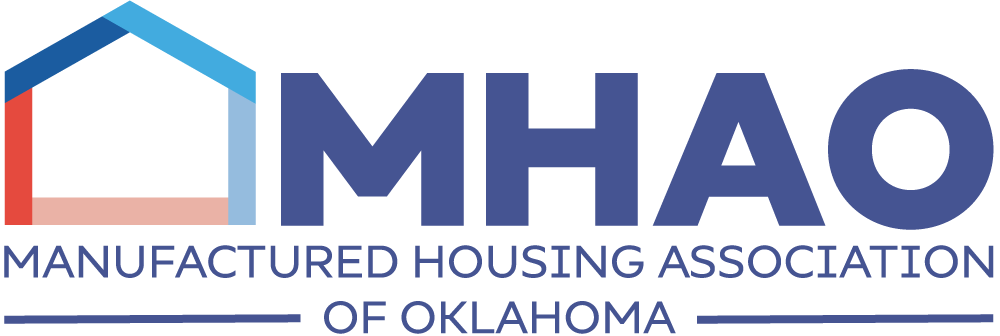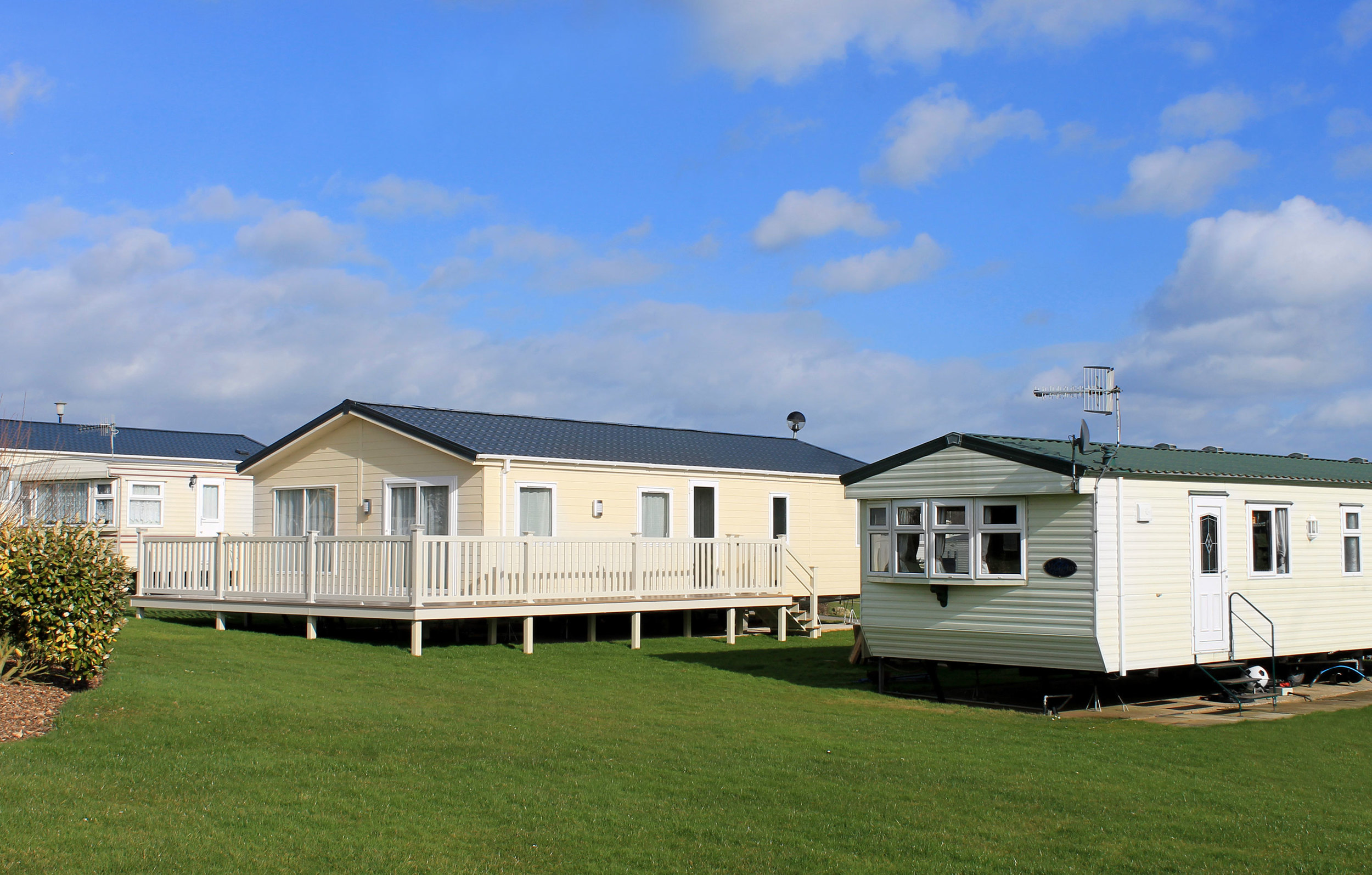Manufactured homes do appreciate in value.
Studies since the early 1980's consistently show that today's modern manufactured homes appreciate in value under the same circumstances as site-built housing such as when the home is placed on a quality home-site and is well maintained. Oklahoma is part of a national trend toward manufactured housing.
- One out of three new homes sold in the U.S. is a manufactured home.
- Local zoning ordinances, which arbitrarily discriminate against manufactured homes, are subject to legal challenge.
- Progressive Oklahoma cities are now setting zoning standards based on housing features such as the size and shape of the house, type of siding and type of roof. Currently over 165,966 Oklahoman's live in a manufactured home.
- Planning officials recognize that residents often cannot tell - nor do they care - whether a house was originally built on site or in a factory.
- Over half of the new manufactured homes currently coming into Oklahoma are multi-section homes.
- Properly placed on home site, multi-section homes are often virtually indistinguishable from site-built homes of the same size.
- Home ownership makes for better citizens. Owners of manufactured housing register and vote at a higher rate than the population at large.
- Today's manufactured homes are built to tough federal standards for fire and other safety considerations.
- Tough federal construction and safety standards mean that a manufactured home provides safe, secure and affordable housing. For example, the incidence of fire in a modern manufactured home is lower than for site-built houses.
Statistically Speaking:
In 2012 the total number of manufactured homes statewide was approximately 165,966. Of the 165,966 homes, 68,017 manufactured homes are listed as personal property (do not own the land) and approximately 97,949 or 59% on real property (land/home combined) based on OTC-Ad Valorem records.
According to the latest released (2011) U.S. Census Bureau's Community Survey there are 1,656,132 housing units in Oklahoma. Of those housing units there were 156,165 declared Manufactured/mobile homes. Which ever number you choose to use 165,966 or 156,165 it still comes up to 9% of all housing units in Oklahoma are manufactured/mobile homes.
Another interesting statistic is manufactured homes represent about $3.12 Billions IN VALUE and about $32.6 Million in Ad Valorem Tax.
The Manufactured Housing Association of Oklahoma represents all segments of the manufactured housing industry. Members include manufacturers, retailers, community owners/developers, as well as financial, insurance, service and supply companies, which serve the industry.










